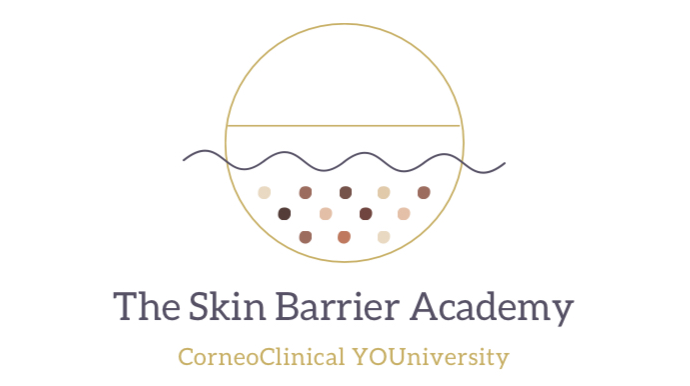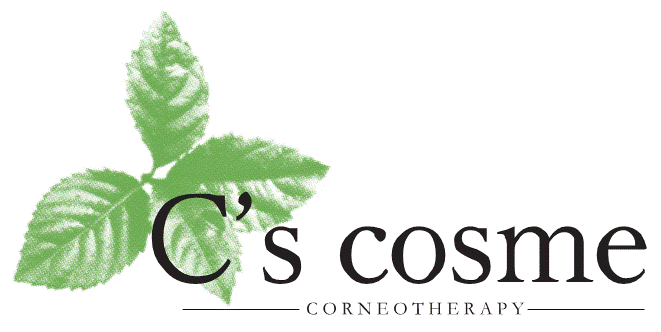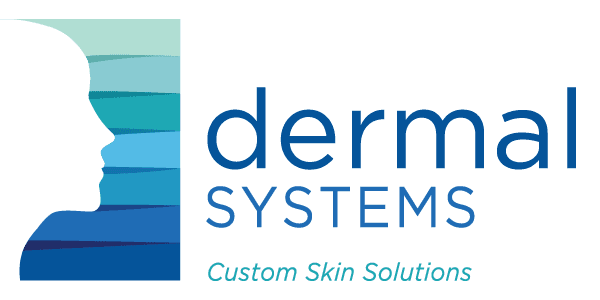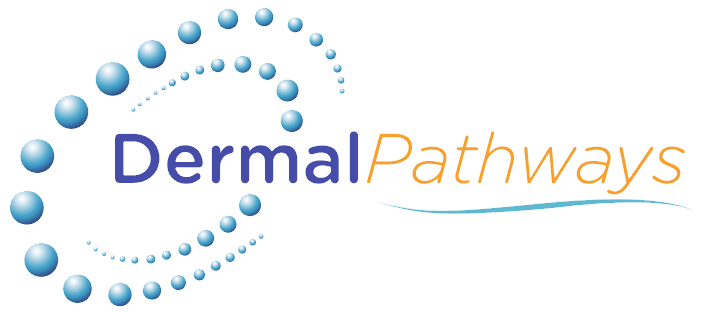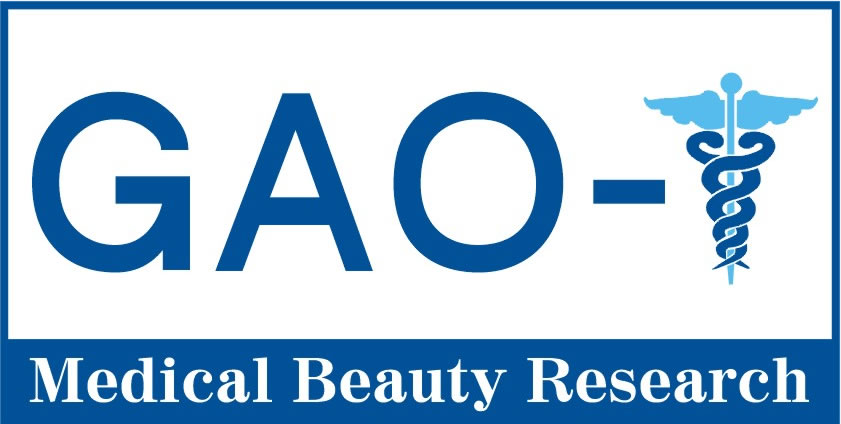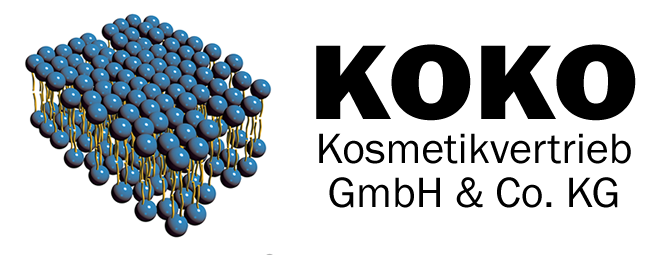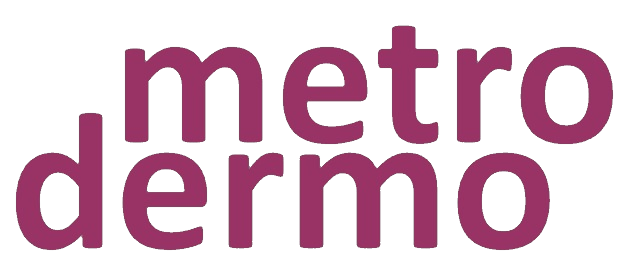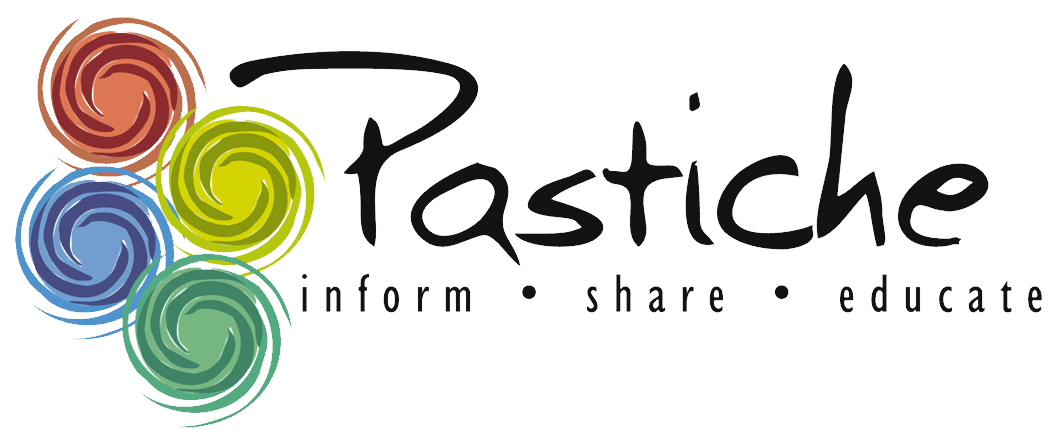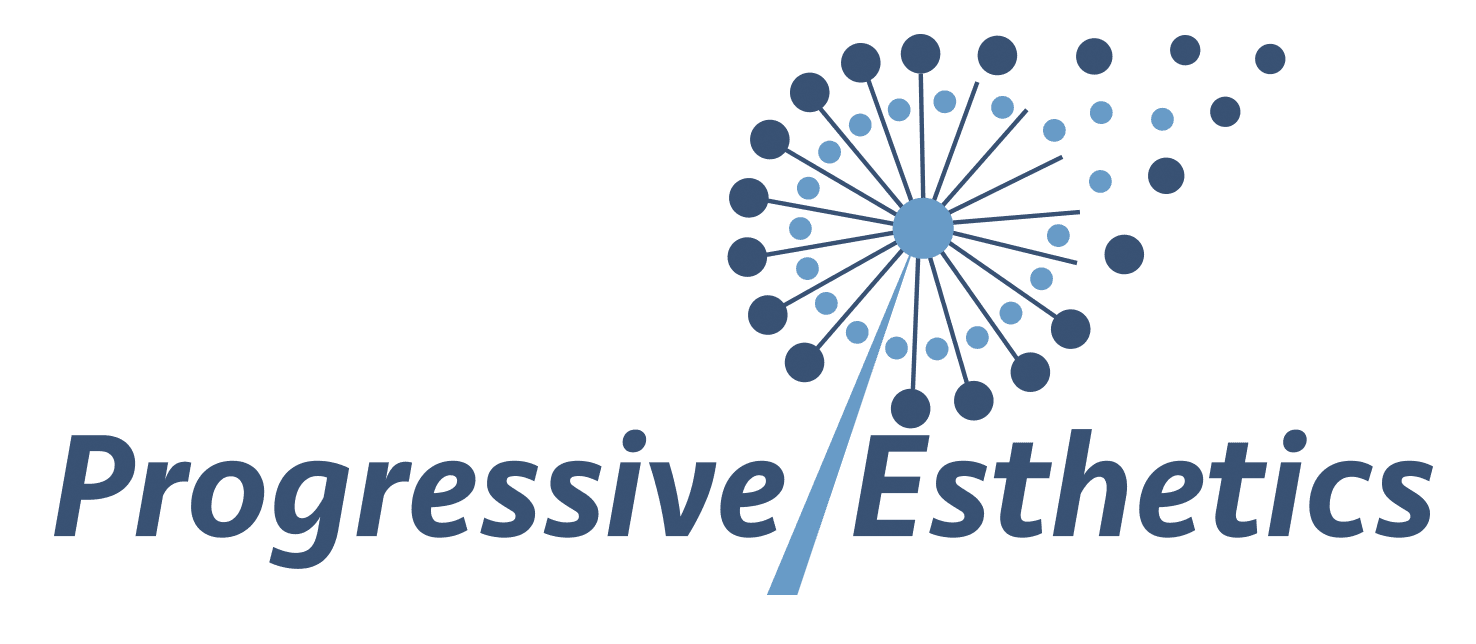By Alexandra J. Zani, LCEI, (licensed Cosmetology-Esthetics Instructor)
Award winning Scientific Educator and Author
Introduction
Electricity in human and animal tissue has been a topic of exploration for over two hundred years. Understanding the principles of this science within the cells contributes to our appreciation of how our electrical devices stimulate and interact with tissue. The science of electrophysiology is the study of the electrical properties of biological cells and tissues. It encompasses the voltage (current) activities and fluctuations that regulate the flow of ions throughout a cell membrane, the nervous system and muscle organs such as the heart. [6] IONS are atoms or molecules in tissue that carry a charge. The natural electrical signals provide intercellular communication through electromagnetic signalling.
Understanding cell physiology and its electrical properties cultivates greater insight for creating external electrical stimulation (ES) modalities that encourage wound healing or improvement of internal alterations within an aging cell or disease. Earlier research opened a pathway for development of electrotherapy devices to address specific conditions such as surgical wounds, burns, a variety of skin ulcers, pain management, muscle re-education and rehabilitation. The benefits cascaded into use in the medical and aesthetic fields. This article is an introduction and overview for future topics regarding aesthetic technologies.
REVIEW OF THE RESEARCH
Notables such as physician and physicist, Luigi Galvani, (1737- 1798) and Italian physicist and neurophysiologist, Carlo Matteucci (1811-1868), confirmed that biological tissue was a generator of electricity that influenced nerve impulses. Matteucci’s experiments exhibited that injured tissue could disrupt this electrical flow altering the cell frequencies. [7]
Emil Du Bois-Reymond (1818- 1896), founder of modern electrophysiology, continued with the recording of electric phenomena involved in the production and conduction of nerves (negative “oscillation” or “variation”) and muscle. He explained electrical phenomena in “excitable cells and developed his “electrical molecules” theory that prompted the eventual “membrane theory” built by one of his students. [8]
The late 1970s brought about the innovative invention of an extracellular patch clamp by German Nobel prizewinners Erwin Neher and Bert Sakmann. Their creation allowed for a more precise measurement of the flow and regulation of ion channels within a few millionths of a second. This compelling research sanctioned further studies towards understanding the effect of defective ion channel regulation during the presence of disease as well as toxic substances. [9] Development of sophisticated instrumentation and studies continue to extend a greater awareness and understanding of electrical frequencies and characteristics within biological cells.
Researcher and author Robert O. Becker, M.D., “The Body Electric: Electromagnetism and The Foundation of Life (1998) provided information regarding his research in tissue healing and electromagnetic influences both within the body and its surrounding environment. Becker’s work describes two different electrical control systems in the body – Direct current and alternating current. [10]
The 1982 studies by Ngok Cheng, PhD at the University of Louvain, Belgium verified the importance of electrotherapy using microcurrent that demonstrated showing the effects of electric current using changeable intensities and recorded rate of tissue healing. Cheng’s research confirmed that at 500 μA (microamps) the production of ATP (cell energy) increased by approximately 500%, while amino acid transport increased by 30-40% over control levels using 30-to40 percent above the control levels using 100-500 μA. When microamps were increased to the milliampere range, ATP generation was depleted, amino acid uptake was reduced by 20-73 percent and protein synthesis was inhibited by as much as 50%. Decisively it was suggested that the higher milliamp currents inhibit healing whereas the lower currents promote healing. [11]
Tissue Injury and Healing
Research has confirmed that endogenous electrical fields within the cell are vital to the wound healing process. It may also be advantageous to introduce external energy-based systems to augment the healing progression, reduce infection, and address oedema and pain. [12]
Electric stimulation accelerates wound healing by mimicking the current that is generated in the skin after any injury. [13] Chronic wounds with prolonged inflammation take longer time to heal. Applied microcurrent fosters an anti-inflammatory response and enhances wound recovery.
During World War II, microcurrent was used by the Japanese physicians for fusing of non- healing bone fractures. [14] Further research with microcurrent during the 1970s and 1980s in Europe and the U.S. demonstrated the clinical effects for accelerated healing of injured cells, for example, ulcers and wounds and pain relief. Dr. Reinhold Voll of Germany developed the first commercial microcurrent stimulating device call the Dermatron in the 1960’s. It was used for electro-diagnostic testing purposes but also applied therapeutically to stimulate the body. The effects were: [15]
• Relief of spasms of smooth muscles of the circulatory, lymphatic, and hollow organ systems
• Toning of the smooth muscle cells to relieve stasis and spastic constriction.
• Toning of elastin fibres in the lungs of emphysema patients to increase lung capacity
• Reduction of inflammation
• Reduction of the degenerative process by restoring diffusion-osmotic equilibrium
• Stimulation of ATP in newly injured striated muscle.

THE CELL ELECTRIC - Overview
A unique bi-polar membrane is the envelope that surrounds all cells and separates extracellular and intracellular fluids. Cells within the skin are negatively charged on the inside (intercellular) whereas the space outside of the cell (extracellular) is positively charged. [16] This difference in charge arises since cell membranes contain channel proteins that contain ion pumps to move sodium ions out of the cell in exchange for potassium ions, which are pumped, into the cell. This pumping action is important for moving single molecules or complexes of molecules (potassium, sodium, calcium, and chloride) through regulated gated channels that rapidly open and close via electrical conduction or electrical gradient. [17]
After initial digestion, food molecules including glucose enter the blood and are transported by carrier proteins into the cell’s cytoplasm where they are further processed and stored until needed for energy that is produced by the mitochondria (ATP). Water moves into the cell via aquaporin channels (water channel proteins). Oxygen transports across the cell membrane through the process of diffusion. The ability for molecules to move in and out of the cell is dependent upon the electrical regulation within the cell and the opening and closing of its portals as well as signalling molecules that are imbedded in and extrude from the cell’s membrane. Cellular wastes are also move out of the cell into the lymphatic system.
The body’s built-in electrical system (microcurrent) allows for the precise regulation of the opening and closing of membrane channels (portals) that influence cell function under normal and pathological (disease) conditions. [18] The harmonious flow of these electrical signals is essential to the healthy function of each cell including cell-to-cell communication. You can equate cells to miniature batteries that are conductors of electricity that create energy fields and are powered by a very low level of electrical current.
Membrane Potential
The voltage difference in the electrical potential across cell membranes is called membrane potential. Membrane potential arises from the interaction of ion channels and ion pumps that are embedded within the membrane, which maintain different ion concentrations in the intracellular and extracellular side of a cell membrane. The flow of ions is compelled by both the concentration and voltage components of an electrochemical gradient.14 Specifically membrane potential is the difference in electric potential between the interior and exterior of the cell. [19]

The Mitochondria
An essential energy-generating organelle within the cell membrane is the mitochondria, vital to the growth and function of all cells and accomplishes a multitude of metabolic tasks. There are as many as 500 to 2000 mitochondria scattered throughout the cytoplasm of the cell. The amount is specific to the location of the cell in the body. Mitochondria are sites for aerobic respiration and energy production. They contain their own DNA and convert energy from stored food nutrients. Chemical energy is stored as sugars, amino and fatty acids and is used for conversion into ATP (Adenosine Triphosphate). Energy is manufactured in the form of ATP through the collaborative actions of proteins located in and on the inner mitochondrion membrane called the electron transport chain. [20] Electrons are passed down this transport chain releasing energy at each step of the conversion process (Krebs Cycle). This complex electrochemical process is known as ATP synthesis. [21] Understanding the role of the mitochondria provides insight to how the application of microcurrent can stimulate increased skin improvement.
The Skin Barrier
The fundamental function of the skin serves as a protective barrier for the body, plays an important role in defence against foreign bodies and pathogens, retain water and electrolytes, and maintains homeostasis. Lipid bilayers prevent internal water loss and act as a barrier against bacteria, viruses, and other foreign interlopers. The acid mantle and the stratum corneum layers remain a principle line of barrier defence, ultimately protecting both epidermal layers and the dermis. The barrier bilayers are vital to normal skin function and protection.
Cells of Repair: Interruption of natural flow of cell microcurrent during injury
Microcurrent frequencies within cells varies, depending on location and condition. When natural skin tissue is wounded, the phospholipid content of the cell membrane breaks down. Consequently, a cascade of biochemical reactions is triggered resulting in inflammation and pain. At the site of injury, the normal flow of microcurrents through the tissue becomes interrupted. The body has its own bioelectric system that influences wound healing by attracting the cells of repair, changing cell membrane permeability, and positioning the cell structures to increase proliferation of fibroblasts and protein synthesis. [22] During injury, living tissue contains an electro-potential surface containing variable currents to regulate the healing process. In other words, whenever there is a break or wound in the skin, a current termed the “current of injury” is generated between the surface of the skin and the epidermal/dermal areas triggering biological repair. Called the epidermal battery, the wound site is short circuited producing a conducting pathway to allow for the flow of ionic currents from the skin surface (negatively charged) to the dermal fibroblasts and other cells (positively charged). [23,24]
In chronic wounding the “current of injury” is lost, creating a situation of debilitation. The ability for wound healing becomes overwhelmed with the “current of injury” inability to function. As a result, there is an increase of clinical infection, inflammation, and overall failure for the wound to heal. The application of low external current electrical stimulation (E-Stim) mimics and helps restore the “current of injury” frequencies that encourage increased potential for healing. [25] Current is passed from the margin of a wound to the wound bed the same way that the natural current of injury flows.
The Benefits of Bio-stimulation with External Microcurrent
The process of bio stimulation (ES) with the application of external microcurrent has revealed several benefits. Electric stimulation accelerates wound healing by mimicking the current that is generated in the skin after any injury. [26]
• Promotes cell metabolism and tissue repair
• Promotes homeostasis (balance and equilibrium)
• Extends an anti-bacterial effect
• Supports circulation – blood and lymph
• Reduces inflammation
• Helps increase mitochondria activity through increasing ATP
• Supports scar repair by dispersion of scar tissue and promote collagen remodelling
• Increases protein synthesis, gluconeogenesis (GNG) and membrane transport
• Re-educates and rejuvenates muscle tissue
• Promotes bone healing [27]
• Used in equine medicine during injury [28]
• Supports bone healing [29]
Cosmetic Microcurrent
The presentation of microcurrent supports skin correction by encouraging the repair process. The principles of microcurrent are similar as explained for wound healing. Compromised skin especially with barrier dysfunction, ROS impact, glycation, and environmental influence, requires a program of restoration that is gradual and progressive for long-term optimum health. Microcurrent gently urges the repair of the stratum corneum, the bi-layers and dermal (fibroblasts) components to foster the skin into a healthier state and homeostasis. It also has an accumulative affect over time. In many ways, this approach appears to be a healthier choice for skin correction/rejuvenation without adding more damage to compromised skin. Excessive wounding through aggressive peels or extreme thermal injury may not always be the best direction. The choice of any modality – invasive to non-invasive - requires critical thinking and an understanding of the consequences of a chosen modality. Most importantly, it begins with performing careful analysis of the patient/client’s age, overall health, and ability to respond.
Cosmetic microcurrent has countless benefits:
• Enhancement for mature and photo aged skin.
• Lymphatic drainage.
• Improvement of skin texture.
• Helps reduce fine lines and wrinkles.
• Helps diminish the appearance of acne scars.
• Beneficial for pre- and post-surgery procedures.
• Post-surgical application of microcurrent supports reduction of trauma, irritation, inflammation and encourages skin healing.
The choice and integration of modalities for the treatment of various skin conditions have increased during recent years. There is a plethora of electrotherapy devices, including thermal lasers, radio frequency, and more. The level of use for each modality varies greatly depending upon its purpose, degree of intrusiveness, and the environment in which it is being performed.
Advanced methodologies for the use of modern technology begin with an all-encompassing, innovative education. An in-depth study of skin sciences, morphology and underlying cause of skin conditions, intrinsic and extrinsic aging, immune and inflammatory responses, wound healing, cellular electrical pathways (signalling and communications), and barrier function collectively build the scaffolding required for critical thinking that supports the process of creating a pathway for correction and improvement. Moreover, the application of thermal devices, heat, chemicals, or any electrical device also requires an understanding of proper use and potential skin responses.
Professionals should become familiar with how each device affects the skin tissue because there is a difference between skin reactions with non-invasive therapies (non-laser), LED, and microcurrent in comparison to the thermal effect (high destructive heat – thermolysis) of laser/IPL, which create possible controlled-tissue destruction (wounding).
About the author
Alexandra is an award-winning international educator, researcher, speaker, and author with a background in cell biology and medical technology. Her passion for esthetics and education has awarded her with numerous advanced certifications both in the U.S. and abroad where she studied under leading educators. She also is NCEA Nationally Certified in the U.S.
ARTICLE REFERENCES
1.Electrophysiology. Retrieved from http://en.wikipedia.org/wiki/Electrophysiology
2.The electrophysiological work of Carlo Matteucci. Brain Res Bull. 1996;40(2):69-91 Retrieved from http://www.ncbi.nlm.nih.gov/pubmed/8724424
3.Emil Heinrich Du Bois-Reymond. http://www.britannica.com/EBchecked/topic/172492/Emil-Heinrich- Du-Bois-Reymond
4.Neher and Sakmann "The Nobel Prize in Physiology or Medicine 1991". Nobelprize.org. Nobel Media AB 2013. Web. 13 Dec 2013. http://www.nobelprize.org/nobel_prizes/medicine/laureates/1991/
5.Becker, Robert O. MD, Seledon, G. (1985) The Body Electric: Electromagnetism and the Foundation of Life. William Morrow & Co., NY.
6.Cheng, et al (1989). “The Effects of Electric Current on ATP Generation, Protein Synthesis, and Membrane Transport in Rat Skin. Journal of Cellular Physiology, Vol 140, pp 379-385.
7.Chow, James (2016 Jun 27). Wireless Microcurrent-Generating Antimicrobial Wound Dressing in Primary Total Knee Arthroplasty: A Single-Center Experiencer
8.Evangelia Konstantinou, Zoi Zagoriti, et al. Microcurrent Stimulates Trigger MAPK Signaling and TGF-B1 Release in Fibroblast and Osteoblast-Like Cell Lines. Retrieved from https://www.ncbi.nlm.nih.gov/pmc/articles/PMC7564311/
9.Microcurrent in Cosmetics Timeline. Retrieved from http://www.fieldsforlife.org/bibliography_microcurrent_files/Microcurrent_Cosmetics_Timeline.pd
10.Davis, Paul, Dipl. A.C. (Nov/Dec 1992). Microcurrent: A Modern Healthcare Modality. Rehab and Therapy Products Preview Retrieved from http://www.medsciencepro.com/images/pdf/Microcurrent-A-Modern- Healthcare-Modality.PDF
11.Cooper, G. M., Hausman, R.E. (2009) (The Cell: A Molecular Approach. Fifth Edition. ASM Press, Washington, D.C. pp 544-545
12.Ibid – Cooper, pp 541-543
13.Ibid – Cheng
14.Ibid, Cooper
15.Membrane potential. Retrieved from http://en.wikipedia.org/wiki/Membrane_potential
16.Naviaux, Robert M.D., PhD. “A Primary Care Physician’s Guide: The Spectrum of Mitochondria in Disease.” University of California San Diego. Retrieved from http://biochemgen.ucsd.edu/mmdc/ep-3-10.pdf
17.Pugliese, Peter T. MD (2005) Advanced Professional Skin Care – Medical Edition. The Topical Agent, Bernville, Pennsylvania.
18.Tadej, M., Young, S., Hampton, S. (Sept/Oct 2010) Accel-Heal: a new therapy for chronic wounds. Journal of Community Nursing,, UK, Vol, 24, Issue 5.
19.Moore, Keith. (January 2007) Electric stimulation of chronic wounds. Journal of Community Nursing, UK, vol 21, Issue 1. Retrieved from http://www.jcn.co.uk/journal/01-2007/wound-management/1002electric- stimulation-of-chronic-wouns/?s=microcurrrent.
20.Ibid, Moore, p-2
21.Evangelia Konstantinou, Zoi Zagoriti, et al. Microcurrent Stimulates Trigger MAPK Signaling and TGF-B1 Release in Fibroblast and Osteoblast-Like Cell Lines. Retrieved from https://www.ncbi.nlm.nih.gov/pmc/articles/PMC7564311/
22.Richez, Chamay and Bieler, (1972) University of Geneva: “Bone Changes Due to Pulses of Direct Electric Mirocurrent” Virchows Arch. Abt. A Path Anat. 357, 11-18
23.Powell, D., et al (2008) Microcurrent for Horses (and other vital therapies you should know. ) 2nd edition, Matrix Publishing
24.Griffin M, Bayat A. Electrical stimulation in bone healing: critical analysis by evaluating levels of evidence. Eplasty. 2011;11:e34. Epub 2011 Jul 26. PMID: 21847434; PMCID: PMC3145421.

